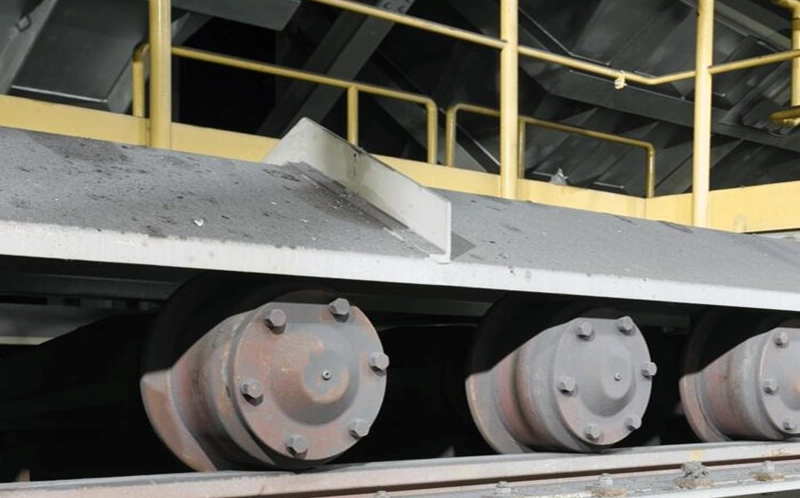Pellet cars transport iron ore pellets from pelletizing plants to steel mills or export ports. Their robust design allows efficient bulk handling and quick unloading, making them essential in the steel production supply chain. They support high-volume, long-distance transport while maintaining pellet quality during transit.


